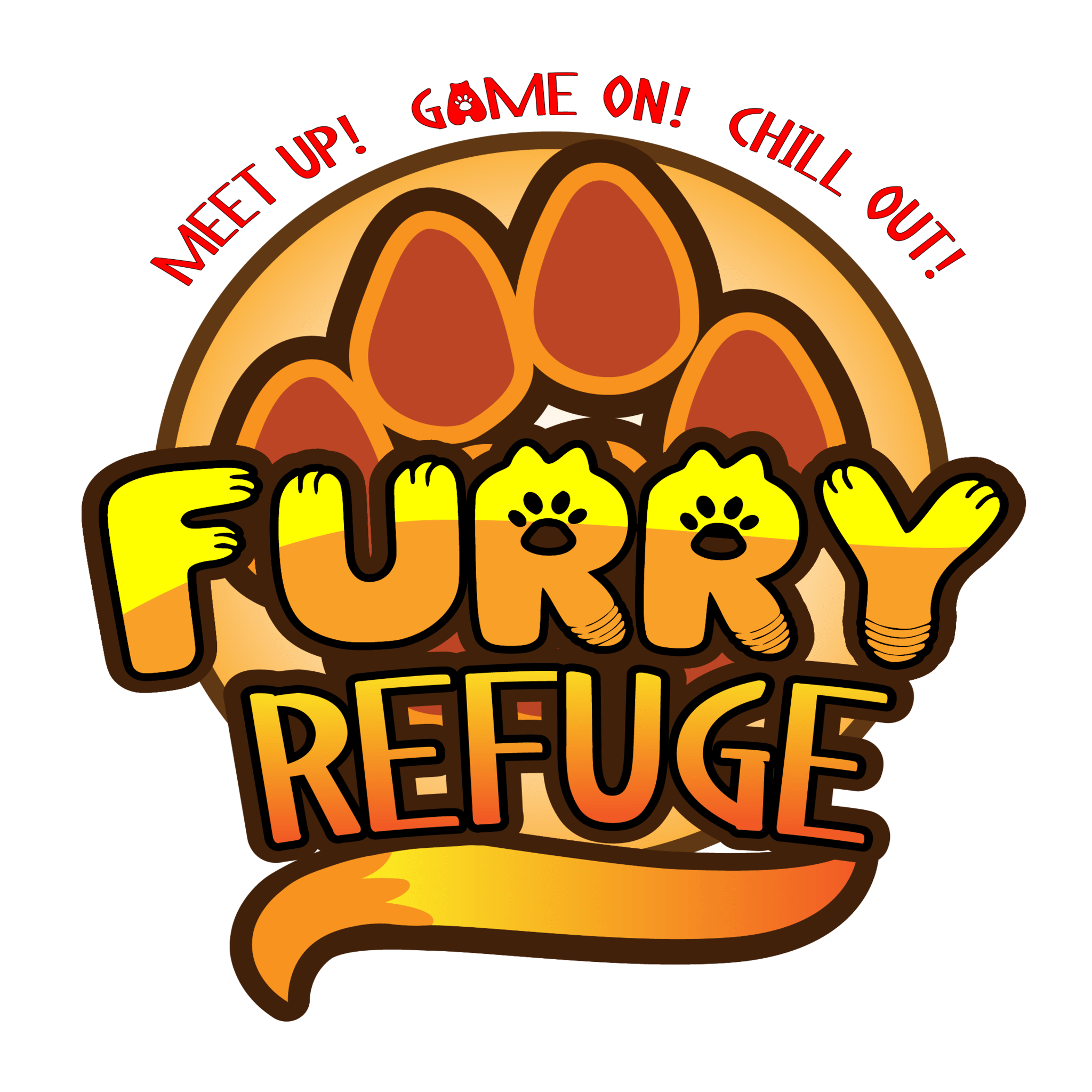A Journey Through the History of Furry Fandom
Journey through time as we explore the origins and evolution of the furry fandom. The rich tapestry of anthropomorphic characters, blending human and animal traits, has woven itself into various forms of entertainment throughout history. While anthropomorphism has roots in ancient art, the organized furry fandom we know today emerged in the last four decades.
Early Anthropomorphic Literature and Art
The concept of anthropomorphism, attributing human characteristics to non-human entities, dates back thousands of years. From the Löwenmensch figurine, the oldest known piece of anthropomorphic art, to ancient Egyptian gods with animal heads, the fusion of human and animal qualities has been a recurring theme in human expression.
The use of animals in storytelling, as seen in Aesop’s Fables, has been a powerful tool to convey ideas and morals. As literature evolved, the 19th-century saw notable works like Lewis Carroll’s “Alice’s Adventures in Wonderland” and Beatrix Potter’s illustrated children’s books introducing anthropomorphic characters to wider audiences.
20th Century Transformations
The 20th century witnessed a surge in anthropomorphic characters, fueled by animation and comic books. Characters like Felix Salten’s creations and the explosion of independent comics like “Teenage Mutant Ninja Turtles” and “Usagi Yojimbo” marked a significant shift. George Orwell’s “Animal Farm” in 1945 became the first universally recognized anthropomorphic animal novel for adults.
Post-war years focused on children’s entertainment, but the counterculture movement of the 1960s and 1970s brought a wave of experimental fantasy animal stories. This expansion couldn’t be contained by existing fandoms, leading to the emergence of the furry fandom.
Proto-Fandom (1976-1986)
The mid-1970s saw the formation of artist-centric Amateur Press Associations (APAs) centered around funny animal characters. Minneapolis artists Ken Fletcher and Reed Waller founded Vootie in 1976, aiming to explore the potential of using funny animals in adult situations.
The transition from Vootie to Rowrbrazzle in the early 1980s marked a pivotal moment in the evolution from funny animal fandom to furry fandom. Concurrently, the Gallacci group, formed around artist Steve Gallacci, discussed anthropomorphic themes at science fiction conventions.
Early Modern Furry Fandom
The late 1980s brought the rise of furry parties at conventions, with gatherings like CritterConDiego and Califur Diego becoming traditions. The prototype convention, ConFurence Zero, held in 1989, marked the beginning of organized furry conventions.
ConFurence and other conventions on both coasts of the United States provided platforms for furries to connect. The advent of the internet in the 1990s facilitated online furry communities, leading to the birth of usenet newsgroups like alt.fan.furry.
ConFurence 8 and the Sex Controversy
The late 1990s saw a schism in the fandom, notably after ConFurence 8, known for sexualized incidents. The Burned Furs and Freezing Furs emerged, reflecting different views on public behavior. ConFurence 10’s change in ownership, with a Burned Fur chairman, intensified the schism but eventually led to more conventions adopting strict behavior policies.
The 2000s
The 2000s witnessed an explosion of furry conventions, with over 30 starting up during the decade. Anthrocon, launched in 1997, became one of the largest furry conventions. Dr. Samuel Conway, known as Uncle Kage, gained recognition for his story hour at conventions.
As furry conventions flourished, the fandom evolved with diverse programming tracks, art shows, and a global community. Furry Fandom Lounge made a comeback at the 2006 World Science Fiction Convention, showcasing the growing influence and acceptance of furries in mainstream fandom.
Join the Furventure
From its humble beginnings in the mid-20th century to the vibrant and diverse community it is today, the furry fandom continues to thrive. Whether at conventions, online communities, or artistic expressions, furries around the world unite to celebrate their shared passion for anthropomorphic characters. As the journey unfolds, the furry fandom remains an ever-evolving tapestry, woven together by creativity, camaraderie, and a love for all things furry.

Leave a Reply